This gallery shows 22+ high-quality and Best-resolution Mammoth PNG Images, Vectors, Stickers, logos, Icons, and Clipart Pictures with transparent backgrounds. Free download all these Mammoth PNG Images for graphic design, projects, presentations, web design, editing, and other works.
Mammoth PNG Images:
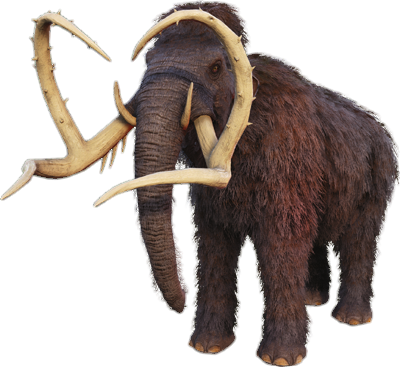
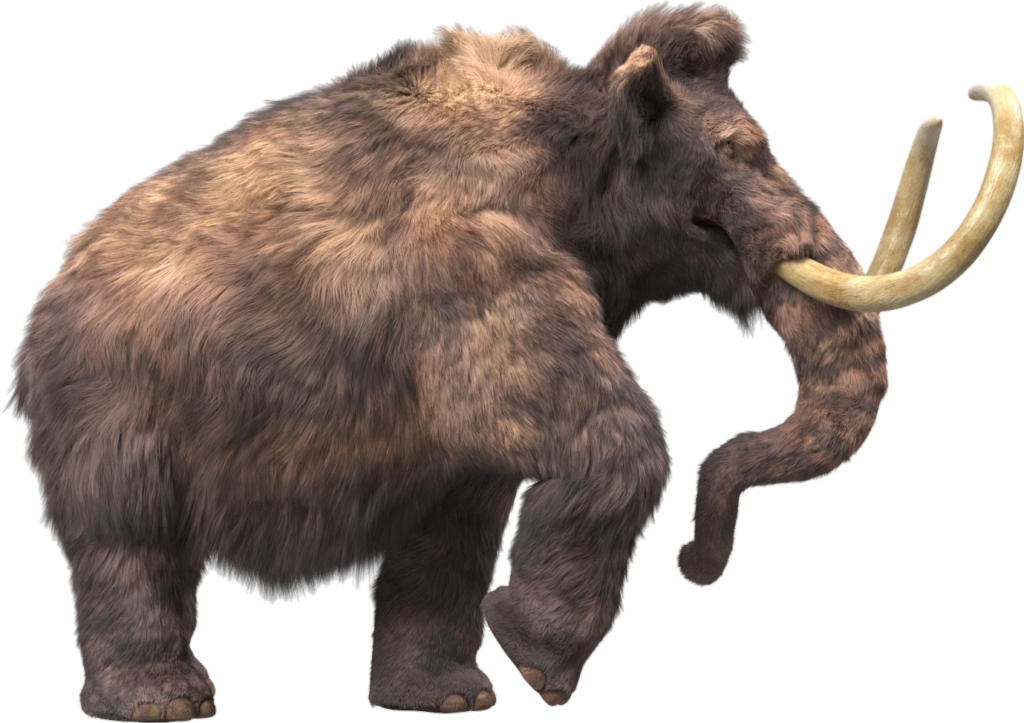
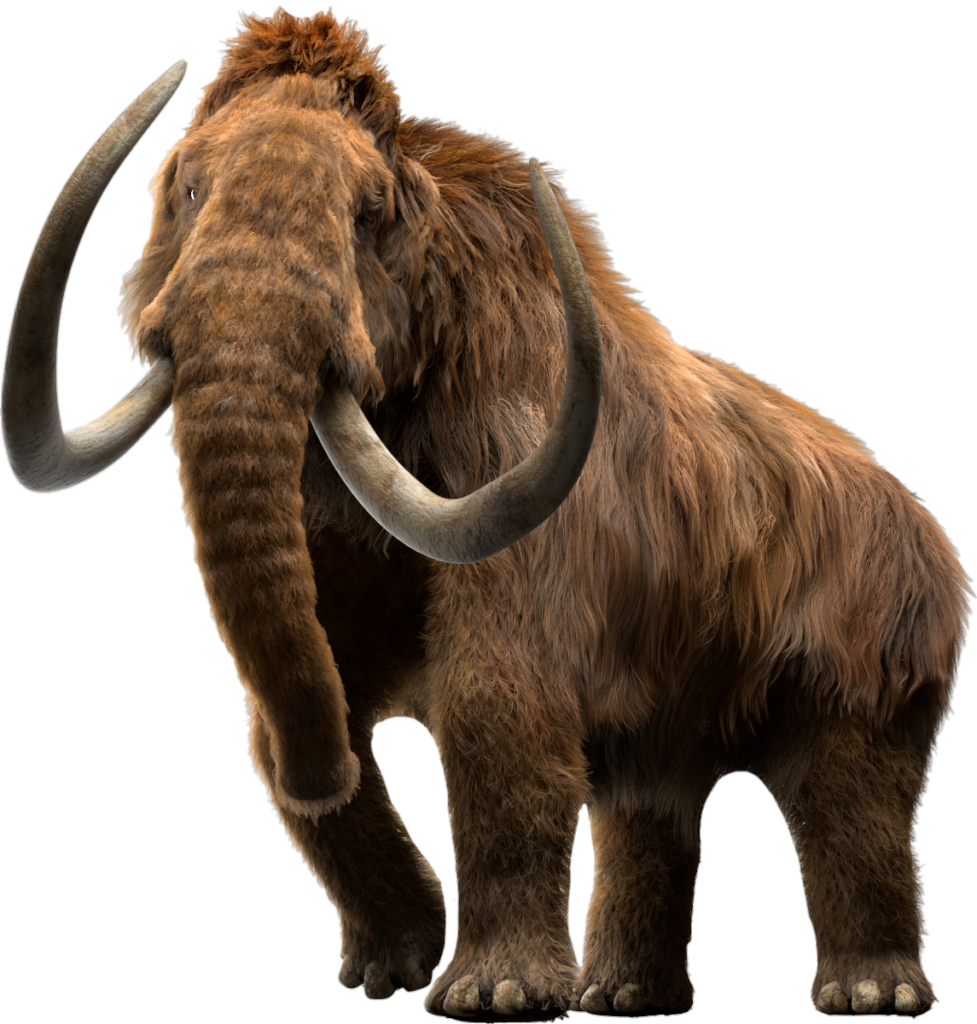
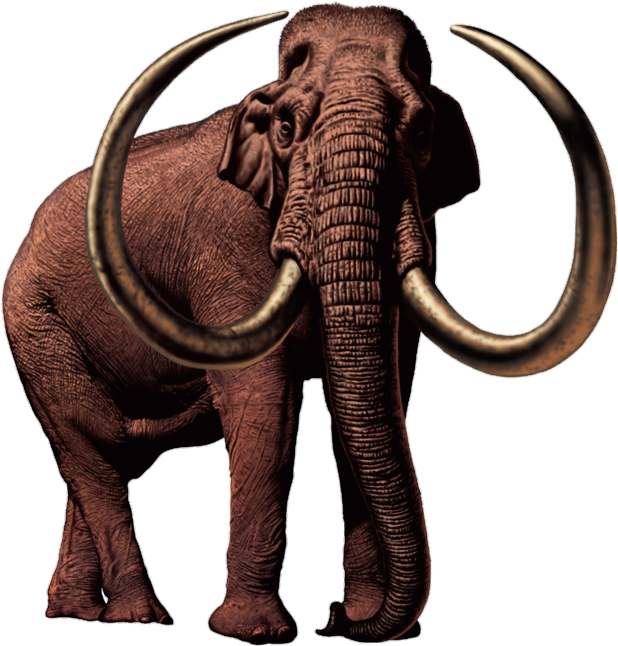
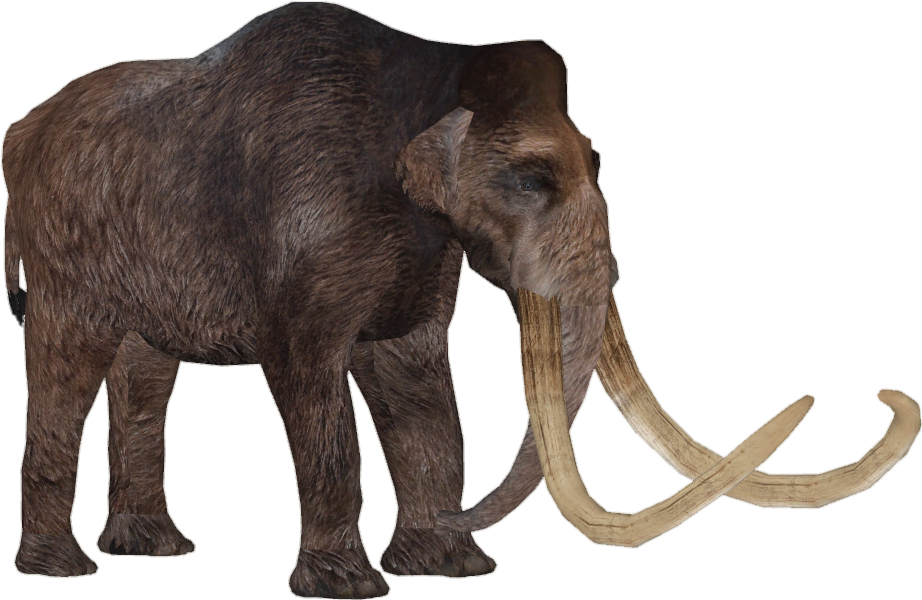
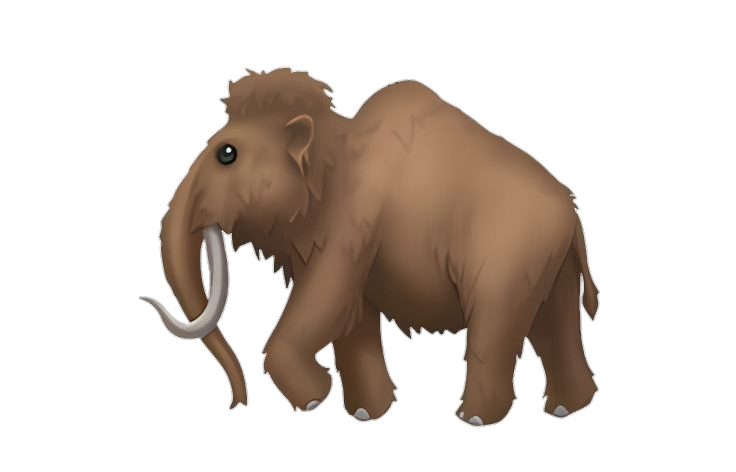
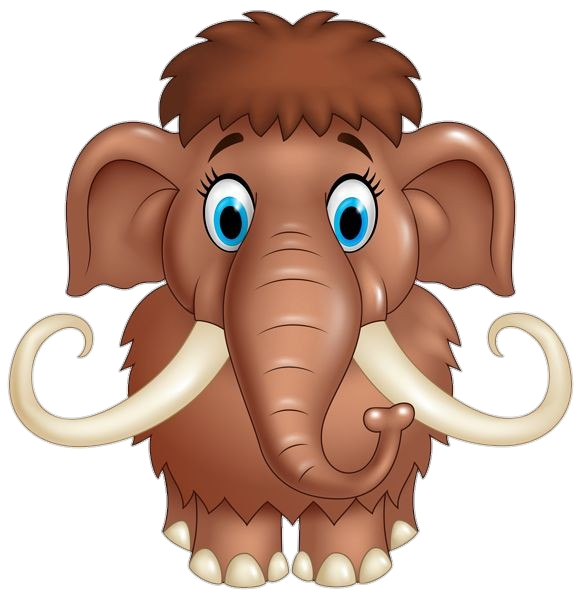
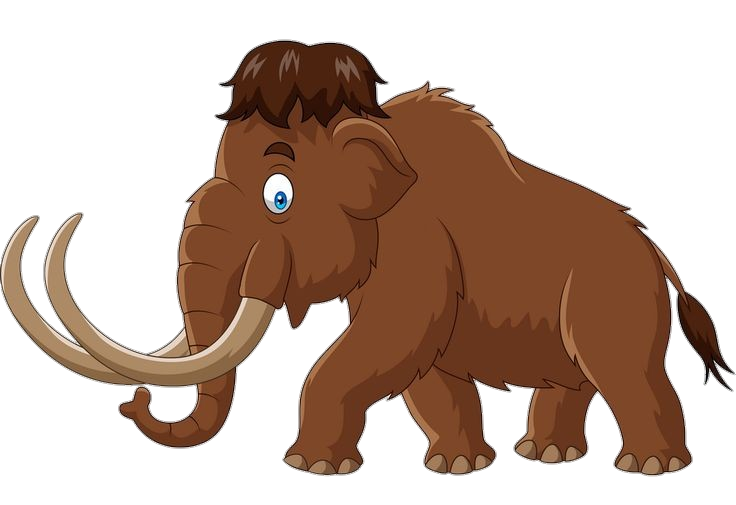
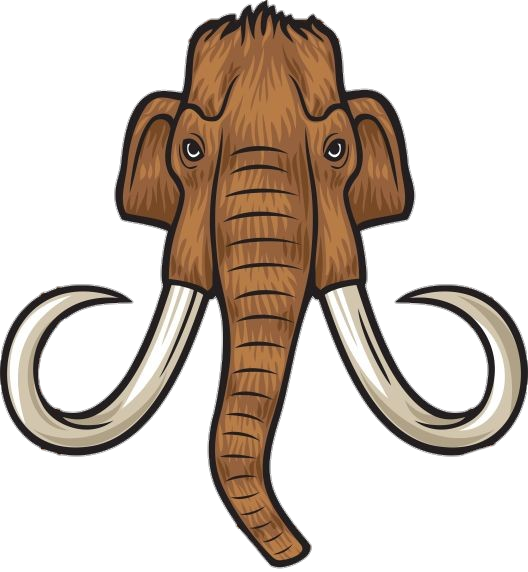
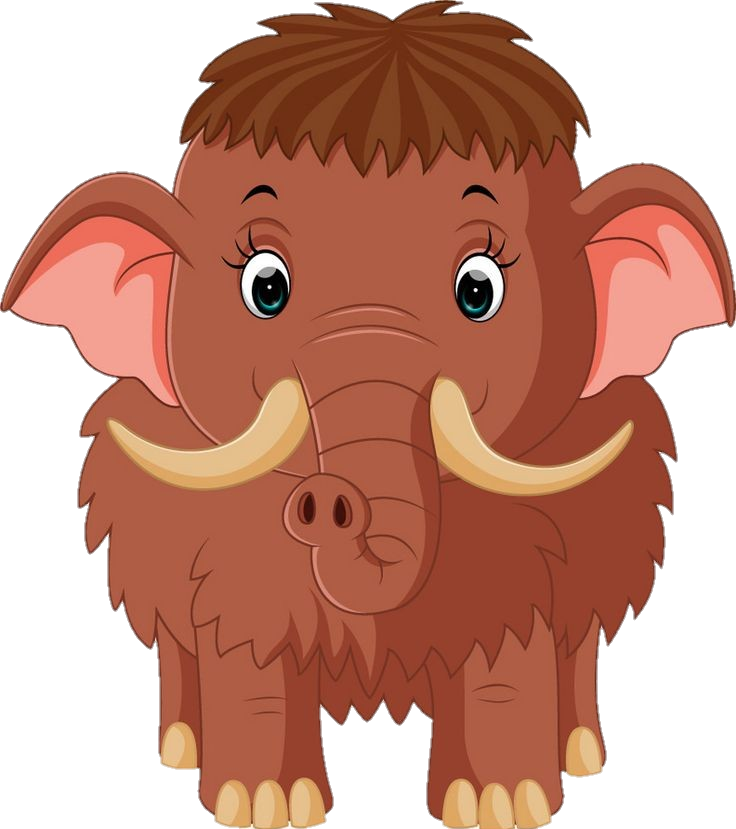
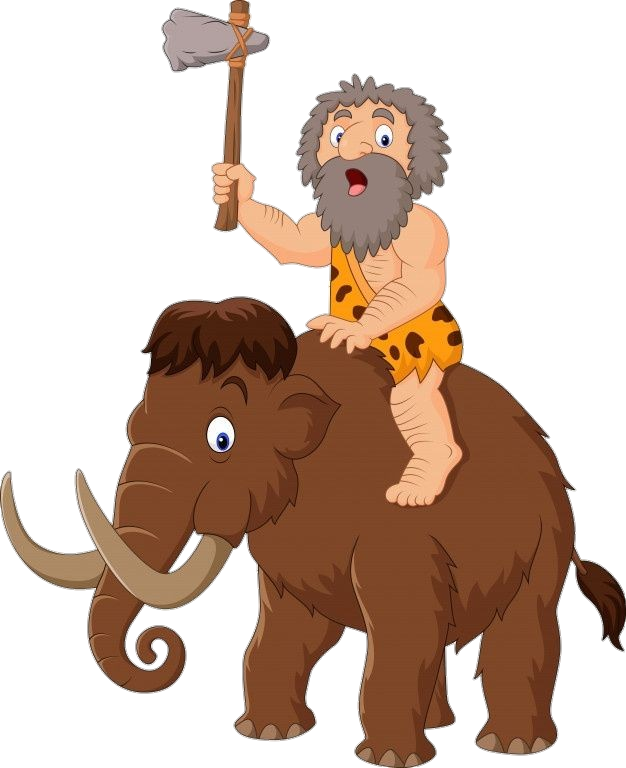
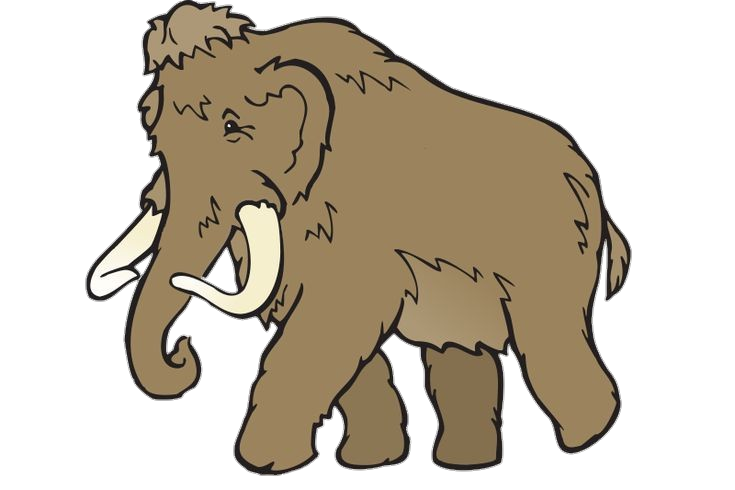
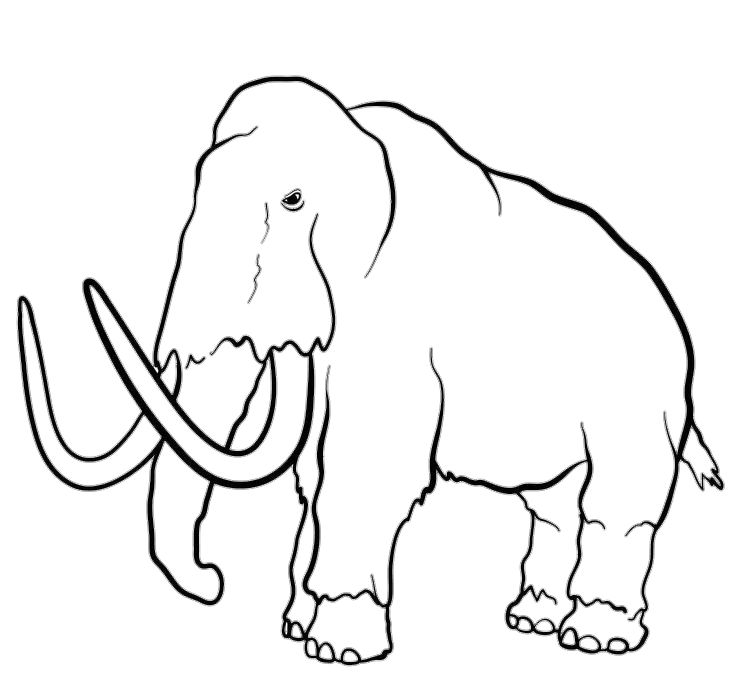
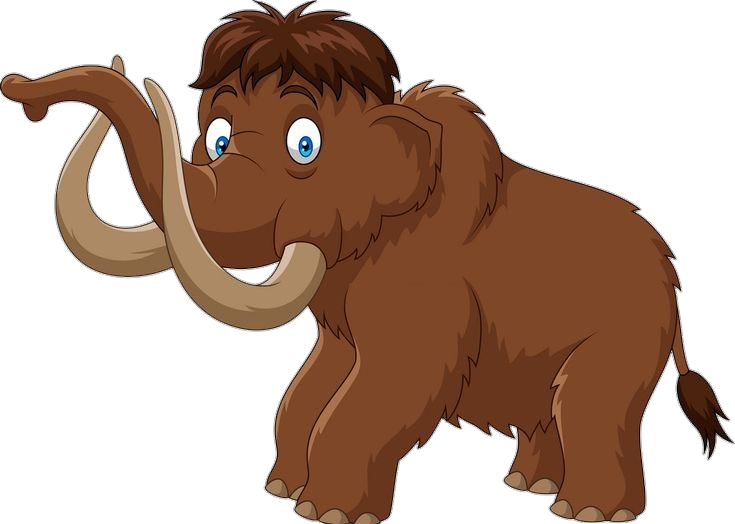
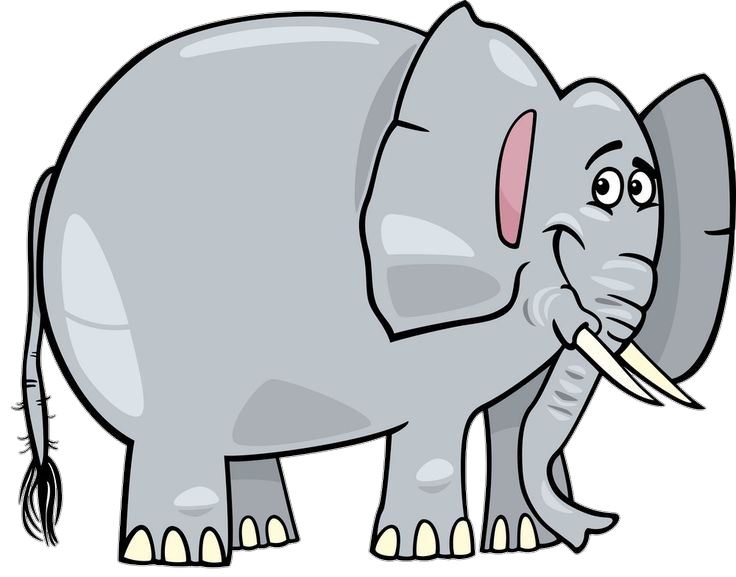

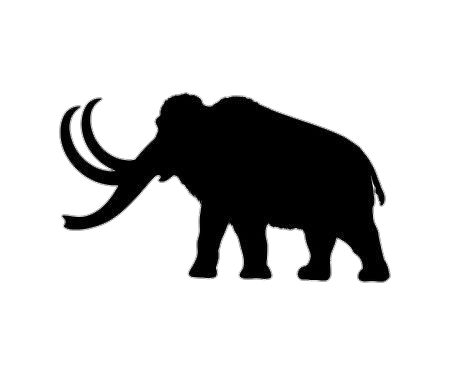
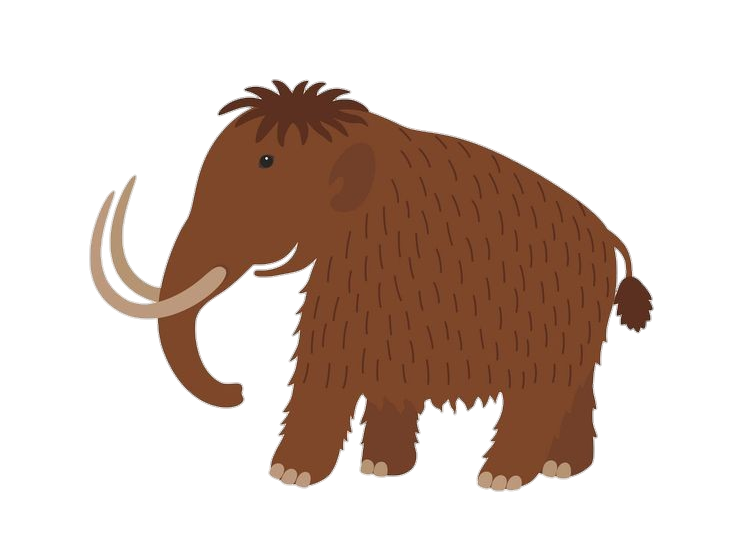
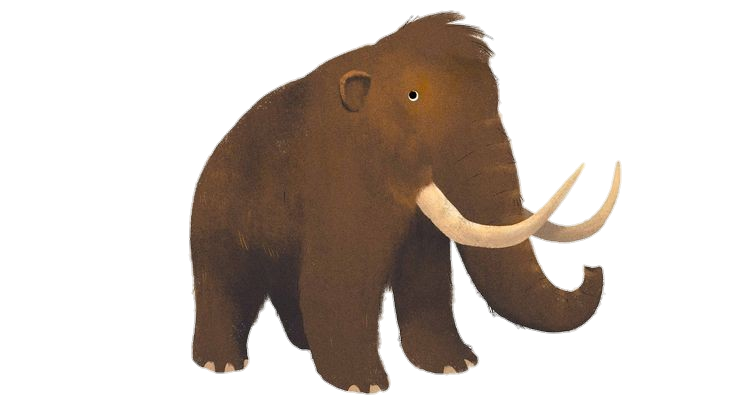
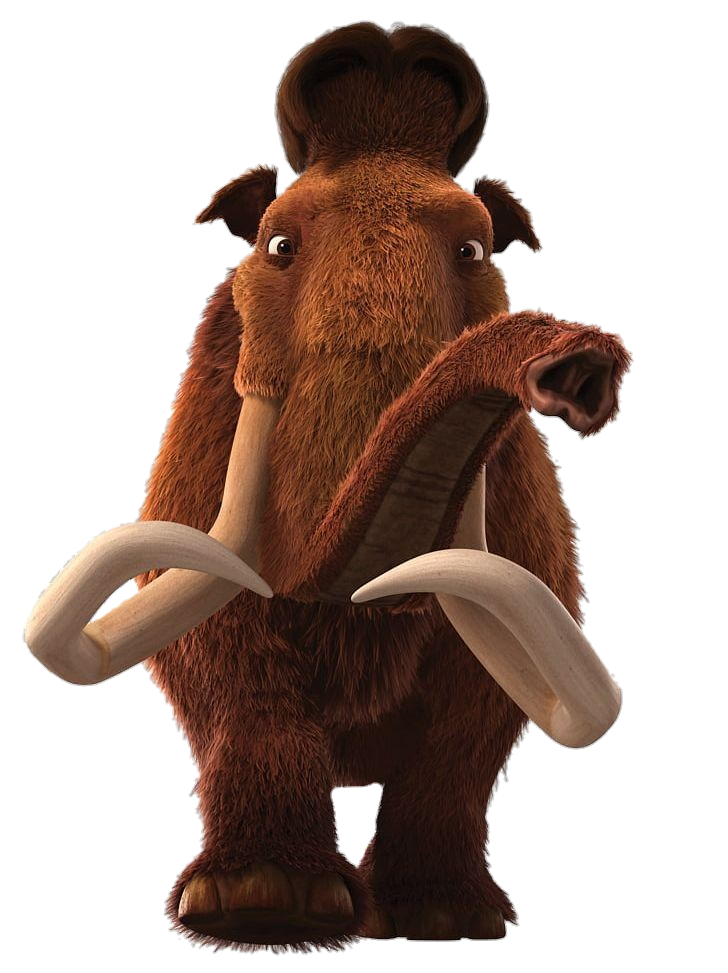
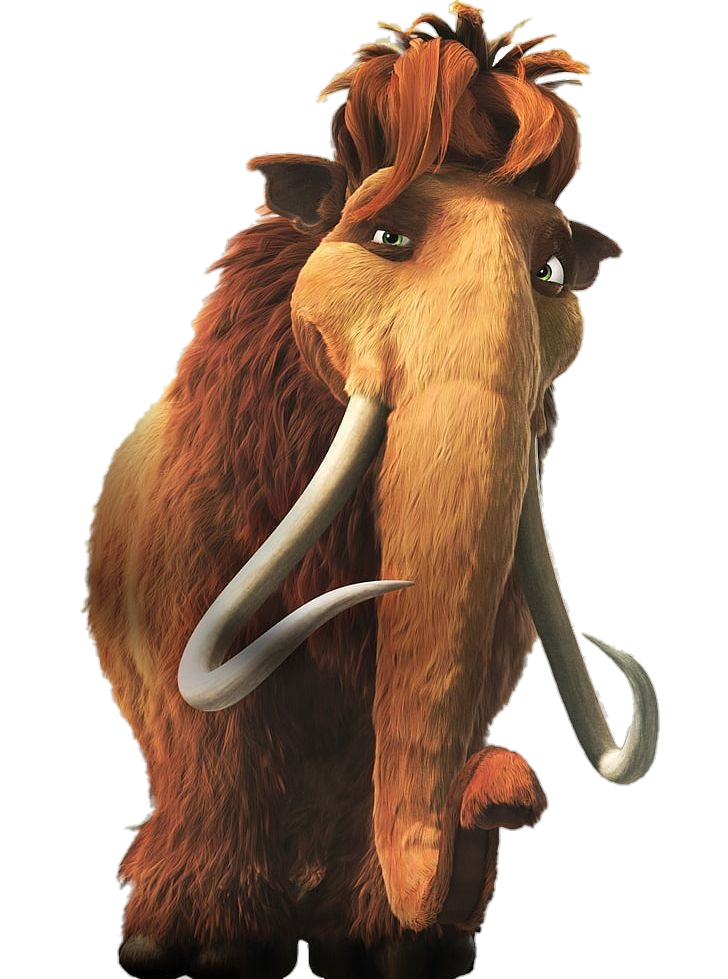
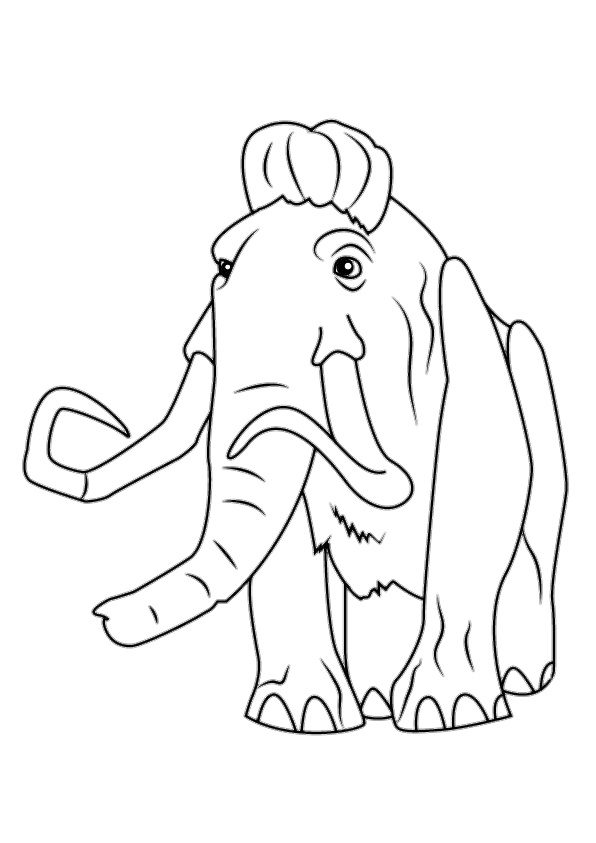
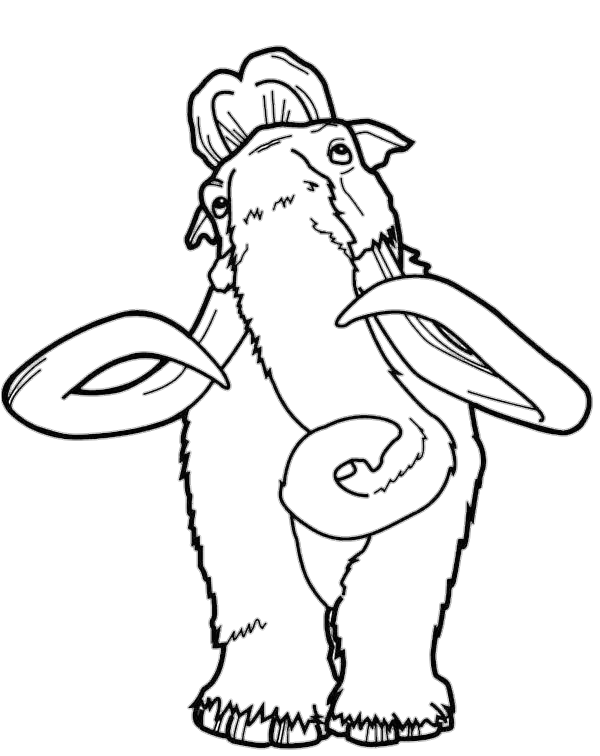
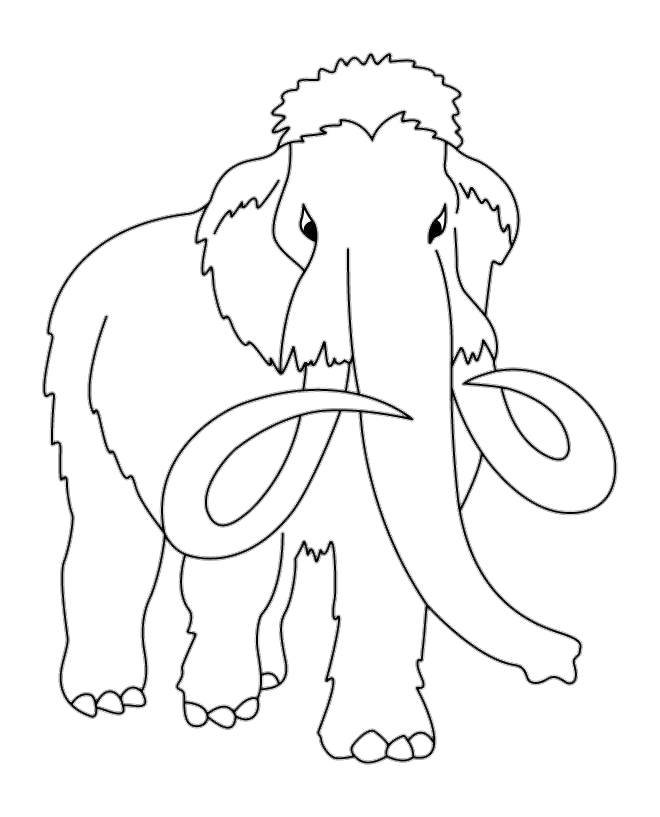
The mammoth, a colossal creature that once roamed the Earth, holds a special place in our collective fascination with the prehistoric world. These massive, shaggy beasts, closely related to modern-day elephants, have captured the imagination of scientists, artists, and the general public alike. In this essay, we will delve into the depths of mammoth history, exploring their biology, extinction, and ongoing efforts to resurrect these majestic creatures through cloning and genetic engineering.
Mammoths belonged to the family Elephantidae, which includes both modern-day elephants and their extinct relatives. These creatures evolved over millions of years, adapting to a variety of environments across the globe. What sets mammoths apart are their distinctive features, including long, curved tusks, a hump of fat on their backs, and a thick coat of fur well-suited to the Ice Age conditions they lived in.
These adaptations allowed mammoths to thrive in some of the harshest climates on Earth, from the frozen tundras of Siberia to the grassy plains of North America. Their large size, sometimes exceeding 14 feet in height and weighing up to 12 tons, made them one of the most iconic megafauna of the Pleistocene epoch.
The mammoth’s dominance on the Earth’s stage eventually ended, likely due to a combination of factors. The end of the Pleistocene epoch brought about significant climate changes, with warming temperatures leading to the disappearance of mammoth habitats. Additionally, human hunting and habitat disruption played a role in their decline.
The last known populations of mammoths survived on remote islands, such as Wrangel Island in the Arctic Ocean, until approximately 4,000 years ago. The extinction of these creatures marked the end of an era and the closing chapter of the Pleistocene megafauna.
In recent years, the idea of bringing mammoths back to life has captured the imagination of scientists and conservationists. Advances in genetic engineering and cloning technologies have made mammoths’ ” de-extinction ” seem possible. The concept involves using preserved mammoth DNA and combining it with the genetic material of their closest living relatives, Asian elephants, to create an animal that resembles a mammoth.
The goal of resurrecting mammoths is not merely for the spectacle of seeing these majestic creatures once again but also for conservation purposes. By introducing mammoth-like animals into Arctic ecosystems, researchers hope to mitigate the effects of climate change by encouraging the growth of cold-resistant grasses, which could help slow the permafrost thawing.
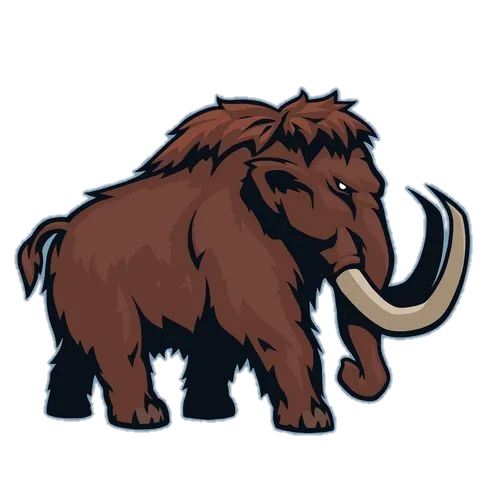

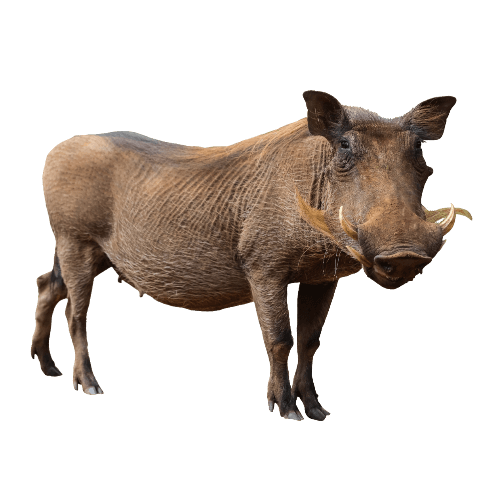
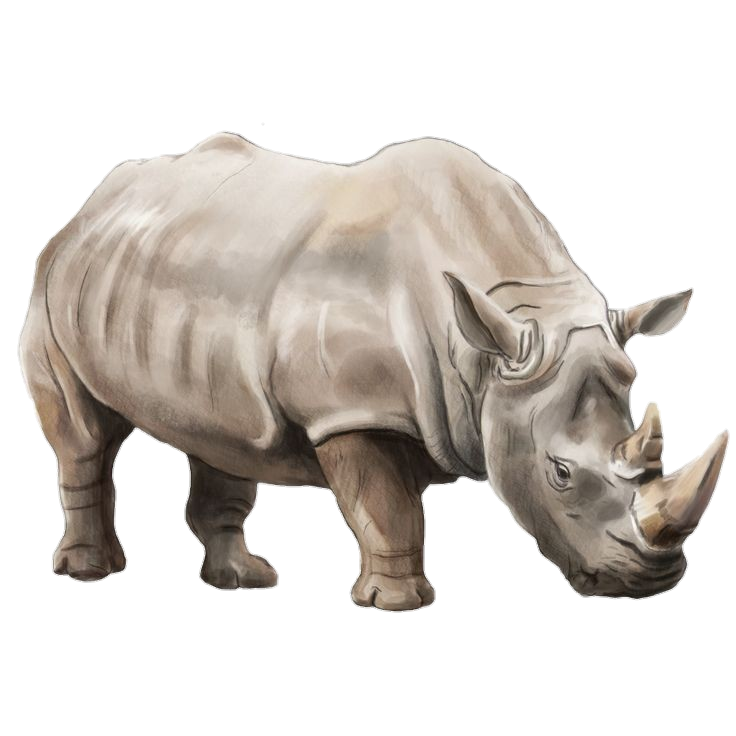
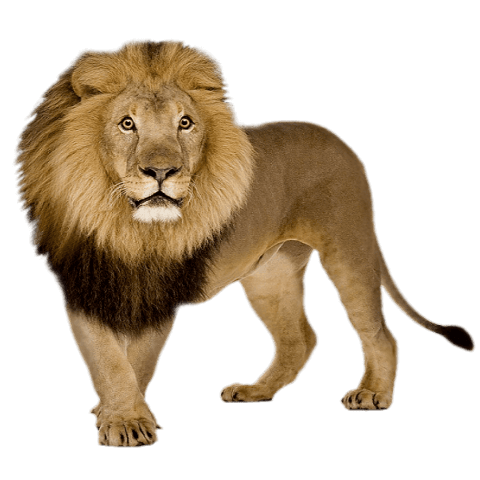
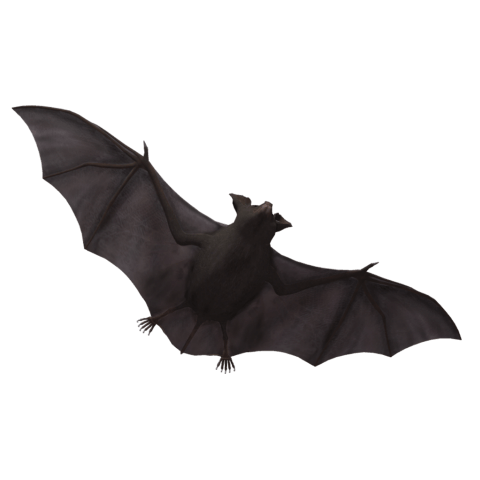

Leave a Comment
Instagram